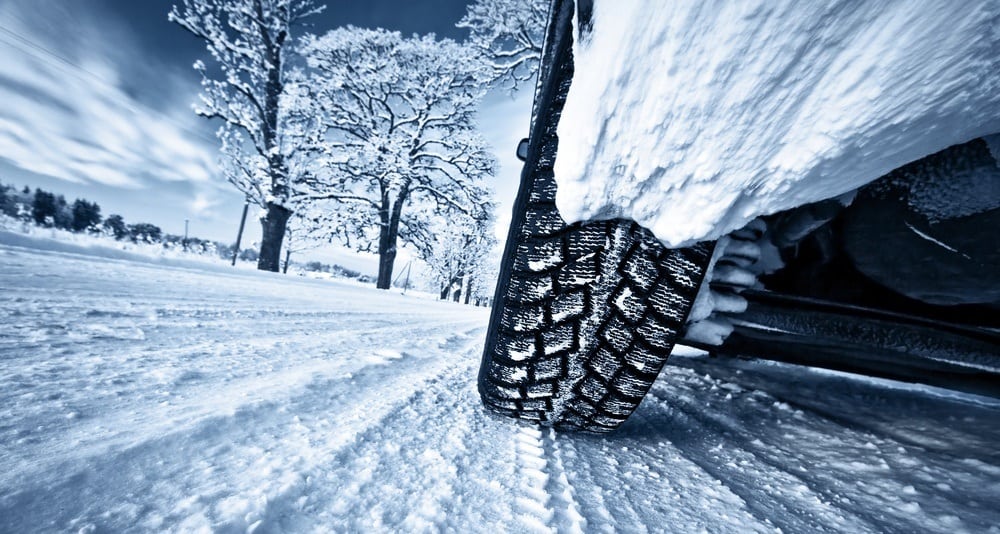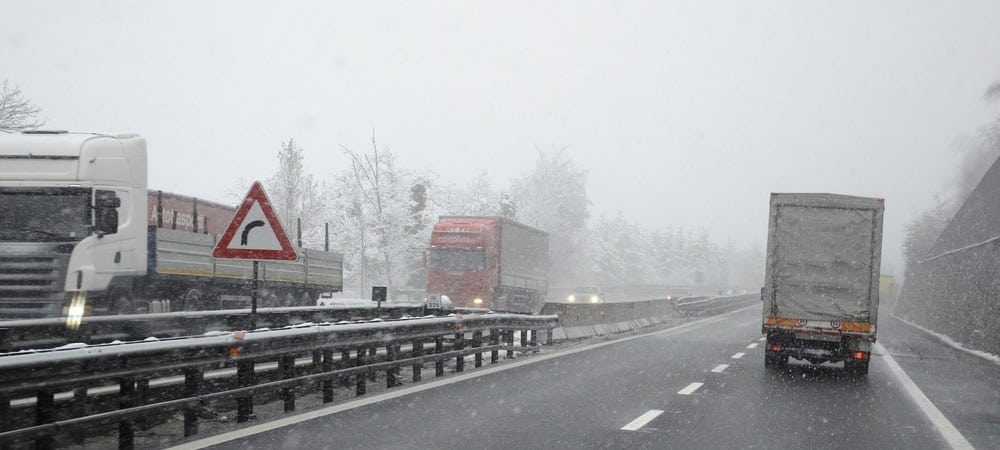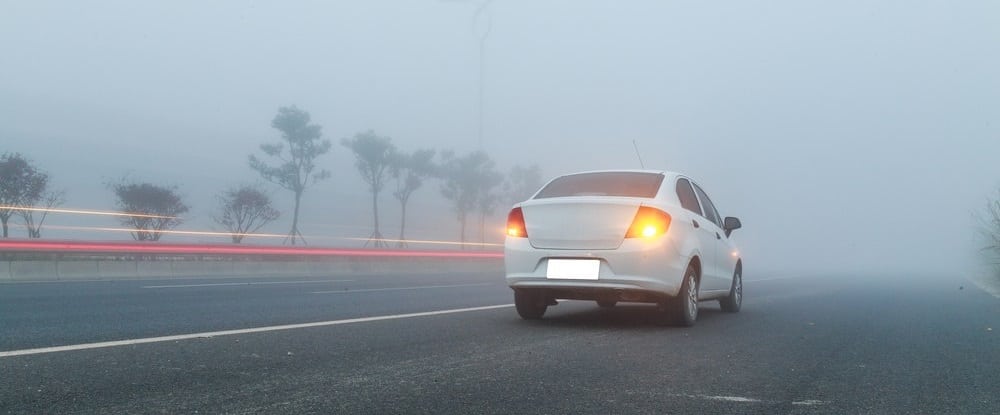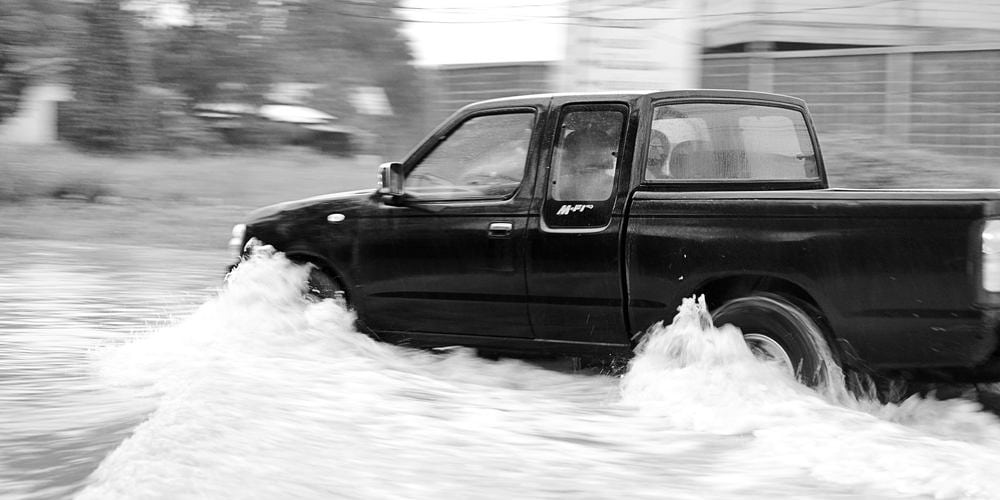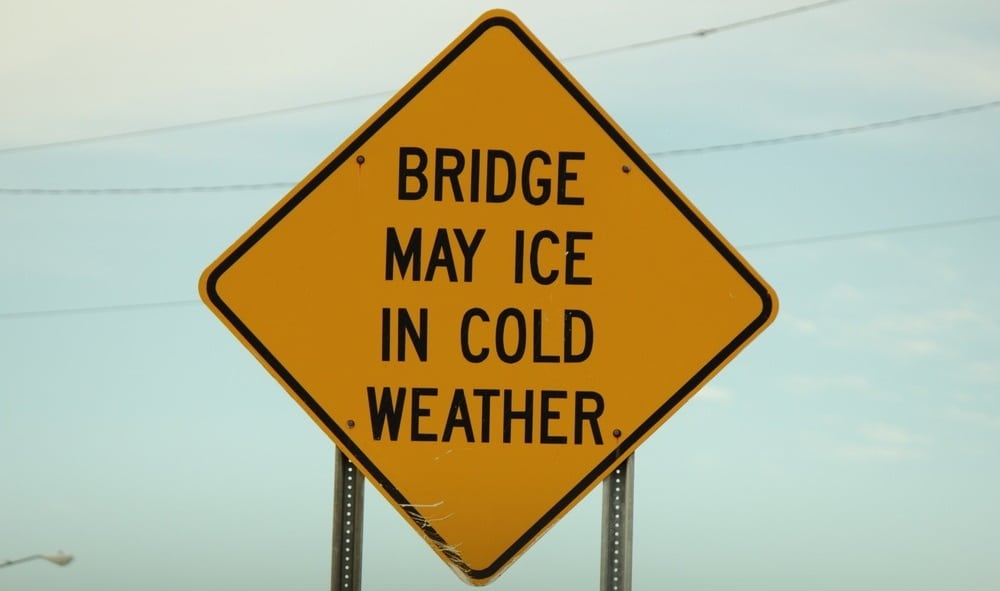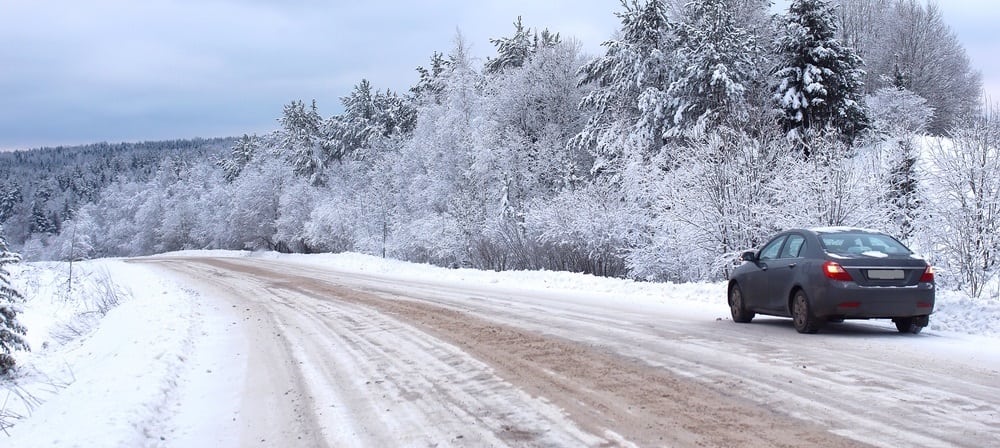Have you experienced driving during bad weather conditions? Well, when bad weather hits, most of us prefer to stay at home. However, doing so is always not the best option. Most people prefer so because of the challenges you end up encountering when driving in bad weather. During the winter you may experience intense rains, snow, and fog among other challenges that make the driving process difficult. I would recommend that you read this article to the end, why? It will apparently explore the important tips you need to drive safely in adverse weather conditions.
Slow down
Even if you own a four-wheel or an all-wheel drive, it is advisable to reduce your speed to about 10 miles per hour below the speed limit. Why is this so? It is not wise to drive at high speeds on icy and snow-covered roads hence in such conditions; you should keep in mind and regulate the speed at which you are driving. Besides, due to lack of visibility during the bad weather, you may end hitting another person’s vehicle which may result in a fatal accident. Moving at a slow speed also gives you a better chance of braking in time.
Avoid tailgating
During severe weather conditions, you should leave about 100 yards between your car and the car ahead of you. It will give you enough room to stop in case that person breaks suddenly. Besides, it offers you a chance to use your headlights to see what is going on ahead.
Turn on the fog lights
When fog has covered the roads, you find I hard to see what is going on ahead. Some drivers try to use instinct to get their location merely because they have been using the roads for years. However, this is not advisable since changes may occur on the roads when you are not aware. It is recommended to turn the fog lights on using a switch on the dashboard or using low beams in a pinch. The lights are yellow hence cuts through fog better in contrast with white lamps. Besides, the lights are low to the ground so the beam of light produced illuminates the road well.
Avoid driving through flooded areas
It’s hard to gauge the water’s depth in the flooded area which is dangerous in itself. is advisable to slow down and take another route or else drive around the flooded part. If water is sucked into the air intake valve, and then the engine, there a high probability that your car will shut down hence you will remain stuck helplessly.
Beware of back ice
It is almost impossible to see the black ice which may be spotted when your headlights reflect off the road at night. The black ice is mostly formed on bridges which trap the cold, in the shadows of tall buildings where they can’t be hit by the sun. Besides, they can develop at the intersection due to drains. That is why it is commendable to slow down some hundred feet before lights and stop signs.
Brake and accelerate lightly
It is better to arrive home late during bad weather for your safety. The roads may be too slippery for high speeds. It is advisable to drive slowly which can only be accomplished by braking and accelerating lightly. Besides, braking gently helps to debar the brakes from locking the tires.
If you are having trouble
If you experience an unexpected problem during bad weather, it is advisable that you pull off the road and put on your hazard lights. Besides, you should set out flares around your car for it to be clearly visible to other vehicles. You should also make sure that you are not too close to any combustible grass and other plant materials.
Do not wander off
Losing your track and direction in a storm is possible. This can result in an accident with other upcoming vehicles or else you may find yourself stuck somewhere. It is advisable to be cautious during harsh weather conditions, and if you get yourself in such situation, it is prudent that you stay in your car until help arrives.
Always be prepared
You have to prepare for the worst if you are driving in bad weather. You will need to keep in mind a few things such as proper clothing for the weather, a blanket, water, ice scraper, winter windshield washer fluid, jumper cables, enough gas and much more.




